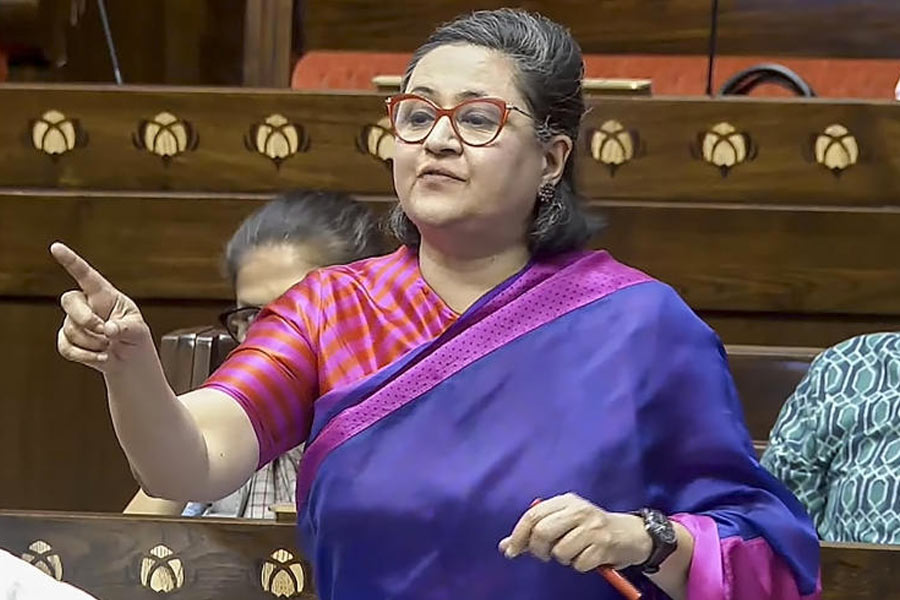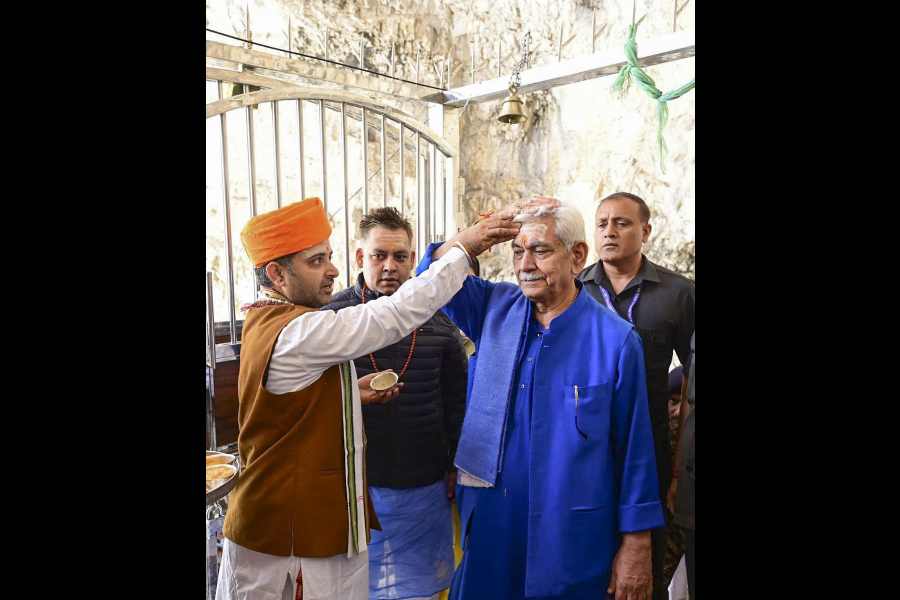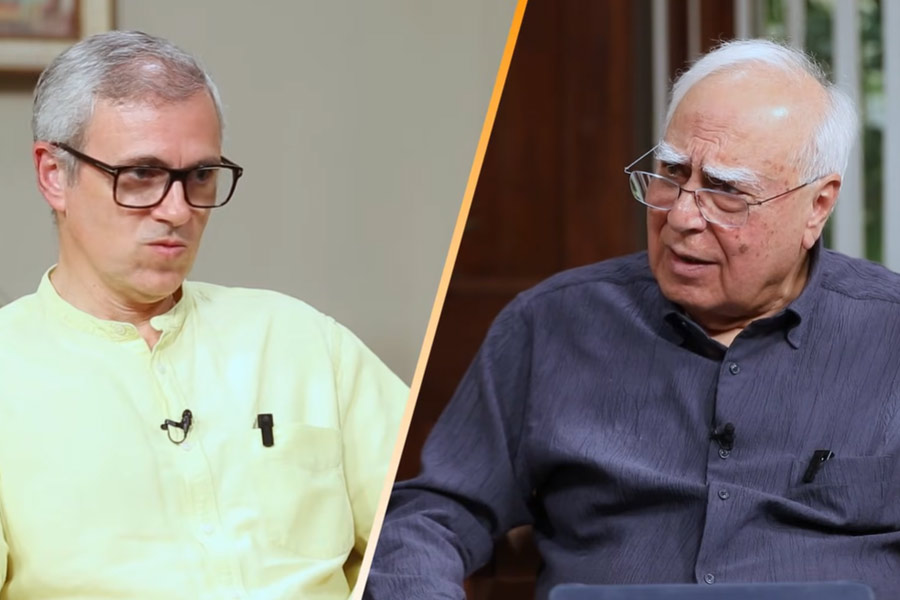|
|
| Mixed legacy |
The 25th death anniversary of Indira Gandhi occasioned a flood of literature and huge media coverage across the country. That was as it should have been because she was, in fact, the Queen Empress of India for many long years and changed the face of the country by ruthless plastic surgery. She made the Congress subservient to her wishes, nationalized banks, deprived princely families of their unearned privy purses, inflicted a humiliating defeat on Pakistan, and liberated Bangladesh. Dev Kant Barooah was not much off the mark when he hailed her, “India is Indira, Indira is India. Tere naam ki jai! Tere kaam ki jai.”
However, it must not be forgotten that there were two distinct sides to her character — the public persona and the private. She was a great public leader, but at the same time very petty in her private life. She was undoubtedly a most handsome woman; at the same time, she disliked other good-looking women and humiliated them — among others, Tarakeshwari Sinha and Maharani Gayatri Devi. She disliked her aunt, Vijayalakshmi Pandit, and denied her senior diplomatic assignments. She cold-shouldered her cousin, Nayantara Sehgal, and refused to promote her husband, N. Mangat Rai, one of the ablest and most honest civil servants. She was gratuitiously offensive to people who had stood by her because she did not want to remain beholden to any one — Romesh Thapar, Jagat Singh and Kewal Singh, for example. The number of people she and her family had put behind bars during the Emergency makes one sick.
I was not very keen to recall all she did but could not resist going over the newly reprinted version of her life, achievements and failings by Pranay Gupte, Mother India: A Political biography of Indira Gandhi (Viking). Gupte is an important journalist, who was correspondent with The New York Times and with some of the most prestigious American, British and Indian journals. He is currently based in Dubai, but was a frequent visitor to Delhi to keep up his acquaintance with my one-time neighbour, Jyotsna Varma. I doubt if he will visit Delhi as frequently now as Jyotsna has landed a job with the Asian Bank in Manila.
The lives of others
William Dalrymple, a Scotsman, first came to India as a young back-packer. Something told him that he belonged to India and not to Scotland, where he was born. Next, he returned with his pretty Scottish bride and made Delhi his hometown. He rented a large farmhouse beyond the Qutub Minar, where he now lives with his wife, three children, goats, a cockatoo and books. He has already six books under his belt and has now published the seventh: Nine Lives: In Search of the Sacred in Modern India (Bloomsbury). I have read most of his books and can say without hesitation that every one of them is full of information and written in beautifully lyrical prose. He is, as the cliché goes, unputdownable.
Nine Lives came as a surprise to me. It is about Indians, Tibetans and Pakistani sects in their quest for the Ultimate Truth, and the why and wherefore of existence. It is hard to believe that he is not writing of times past but present. There is a girl from a wealthy Jain family who gives up all her possessions to become a nun, walking barefoot from village to village, going without food for days on end and planning to starve herself to death to attain moksha or salvation. There are tribals in the jungles of Madhya Pradesh who dance all night to the beat of drums, slaughter chickens and drink their blood before cooking them. There are poor families in Maharashtra and Karnataka who dedicate their daughters to the goddess Yellamma to become devadasis. They are not very different from prostitutes, and in a few years, after bearing illegitimate children of unknown fathers, get AIDS and die before they are 50. There is a fat Bihari Muslim woman who has to flee for her life when Hindu gangsters attack her village. She seeks shelter in Muslim Bangladesh and is then forced out by Bengali Muslims because she cannot speak Bengali and finds sanctuary in the shrine of the Sufi pir, Shahbaz Qalandar, in Sindh. She dances as she sings, “Dum dum mast Qalandar”. At the end of the street is a newly set-up Deobandi madrasa. Its teachers are determined to destroy the Sufi dargah as un-Islamic. There are Tamilian idol-makers whose families have been in the trade for 700 years, sculpting images of gods and goddesses for temples and art collectors. There are many others, all convinced that they are in the right path to discover divinity. The most ghoulish are the tantrics of Tarapith in Bengal, who collect human skulls, live on the cremation grounds, drink hard liquor, smoke ganja, slaughter goats by the dozen, and indulge in sex — all to realize the truth. There are bauls, moving from villages to towns, singing soul-stirring songs in praise of Krishna, Radha and the gopis.
Dalrymple never passes judgment nor questions the rights of these people to the truth as they see it. It is a priceless documentary of different people whose existence I was only vaguely aware of. I feel enriched after reading Nine Lives and strongly recommend it.
Marriage muddle
Banta married a nurse. Santa came to see him and asked, “Banta, how is your marriage going?” Banta replied: “Yaar, OK. But my wife insists I address her as sister.”
(Contributed by J. P. Singh Kaka, Bhopal)












